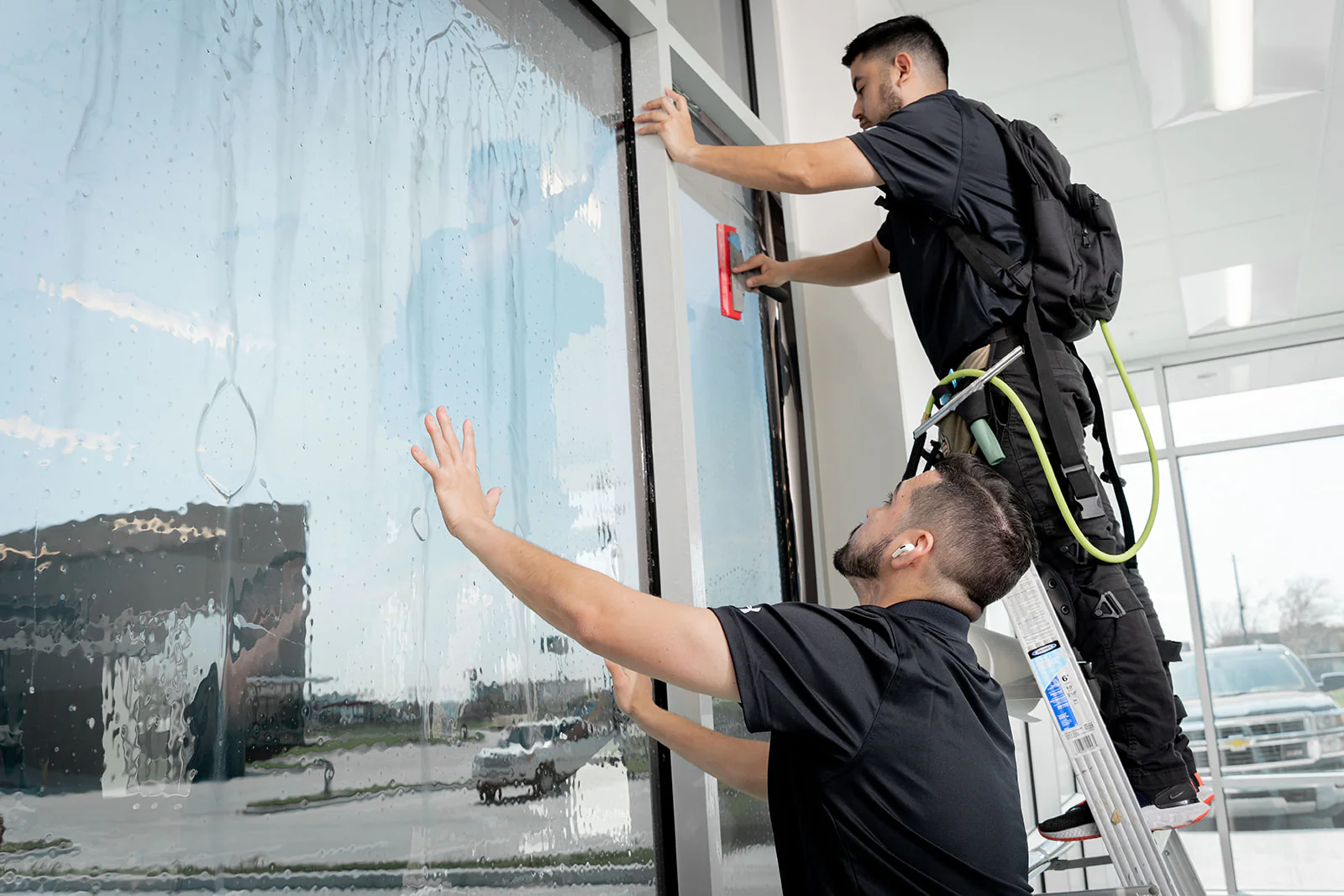Computers have become essential in many areas of our lives in recent years, and the military is no exception. Vehicles, aircraft, weapons systems and more have all become more and more reliant on computers, but those computers need to be tough enough to withstand the rigours of the battlefield. An example of this is a vehicle like tanks where you can actually experience first hand with Tank Driving Days thorough sites like https://www.armourgeddon.co.uk.

The Spread of Technology
There are some areas of defence technology that have always been high tech, nuclear deterrent systems being a prime example. But with the advent of portable computing, the command and control systems in many other areas are now reliant on computers.
The unique demands of service life, however, mean that standard civilian equipment isn’t really up to the job. Military use demands kit that is durable and can survive life’s knocks, but that is also small and light enough to transport – particularly for infantry use – and has long battery life. As equipment has become smaller and uses fewer components, it’s easier to protect it against vibrations and shock than it was with older, bulkier kit.
Processing power is an important factor too, of course. You can’t afford to wait around for your computer to respond when your life may depend on it. While military equipment may have commercial components at its core, those components need to be protected in order to be cost effective and easy to support. The same goes for open architectures underlying software.
Security of Data
Another key aspect of companies is that they need to be secure. The demands of battlefield computing mean that it must be possible to exchange data safely between units, so effective encryption of wireless communication is therefore a key factor.
Military control systems also need to be protected against the threat of jamming and interference by things like electromagnetic pulses which can severely disrupt electronic equipment and communications.
It’s necessary to have strong encryption to protect data at rest too. There’s always a risk that equipment could fall into the wrong hands, and you need to be sure that the data it contains is either protected or can be remotely wiped if required. As devices get smaller and are increasingly hand held, the risks of loss on the battlefield becomes greater. Effective protection therefore becomes essential.













Comments